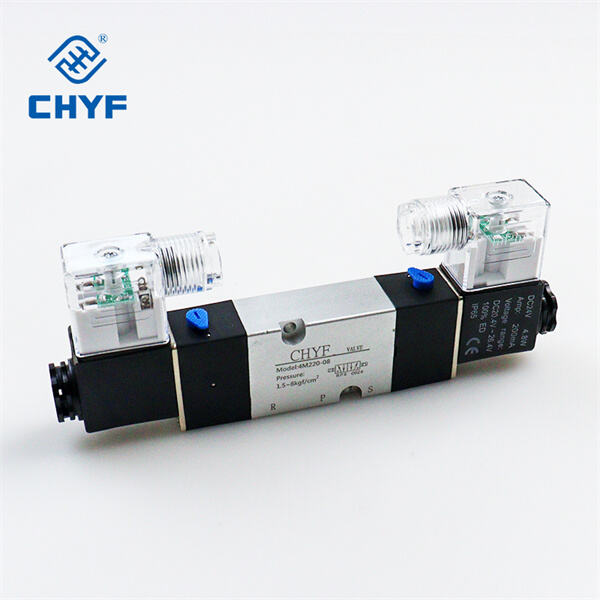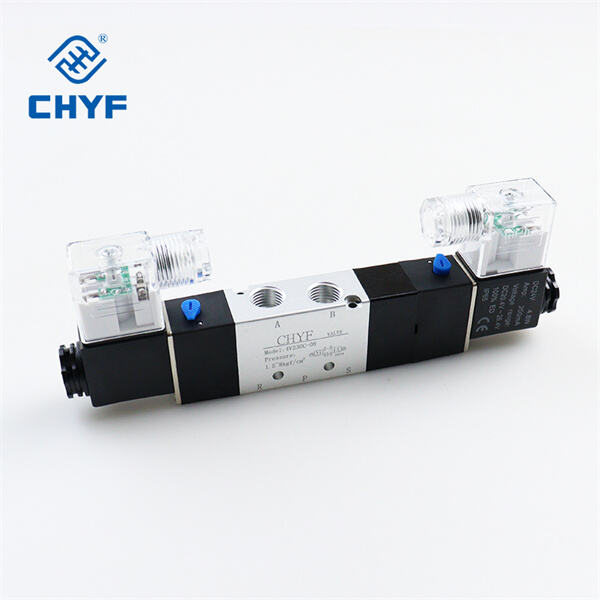Tel: +86-577 61727673
Email: [email protected]
Tel: +86-577 61727673
Email: [email protected]
These flow control valves are important to controlling how air flows through equipment and tools. These valves help control the speed and direction of air, ensuring that the proper amount of air goes to various areas of a system. In this article, we'll consider an overview of the fundamentals of pneumatic flow control valves, their operation, advantages in factory settings, how to select an appropriate pneumatic flow control valve, and how to maintain the system for proper operation.
What are pneumatic flow control valves, and how do they work? These valves can be found in different sorts of machines, ranging from simple tools to complex ones. They do this by controlling the flow of air through them, which in turn controls how fast and in what direction things travel.
Controlling the air flow is the number one thing that a pneumatic flow control valve does. They achieve this by modifying the size of the valve opening. This orifice determines the amount of ventilation. By helping control the flow of air, they can alter the speed at which parts — such as actuators and cylinders — move in a system.
There are any number of advantages to using pneumatic flow control valves in plants and factories. One big benefit is that they make machines work better. By regulating the flow of air, they ensure that each part gets the amount it needs, conserving energy and increasing the machine’s efficacy.

There are a few things to consider when selecting a pneumatic flow control valve: To begin, you’ll want that information to size your system — how much air flow you need, how much pressure there is. You should also be considering the styles of actuators and cylinders that you are going to have in your system, and if there are other parts that will require the control of air.

After you know what your system requires, you can select a valve that fills the bill. Different types of pneumatic flow control valves include needle valves, ball valves, and butterfly valves. They both have different features, and it’s imperative you pick the one that works best for you.

If you want to ensure your pneumatic systems function at their best abilities, you must be checking and tending to your flow control valves on a regular basis. This will involve checking for any signs of wear or damage, such as leaks or rust, and swapping out any cracked valves as necessary.